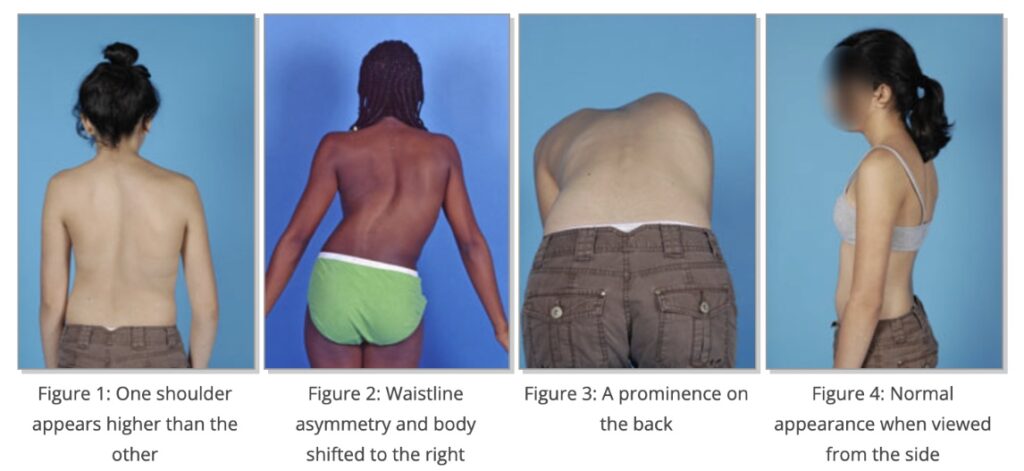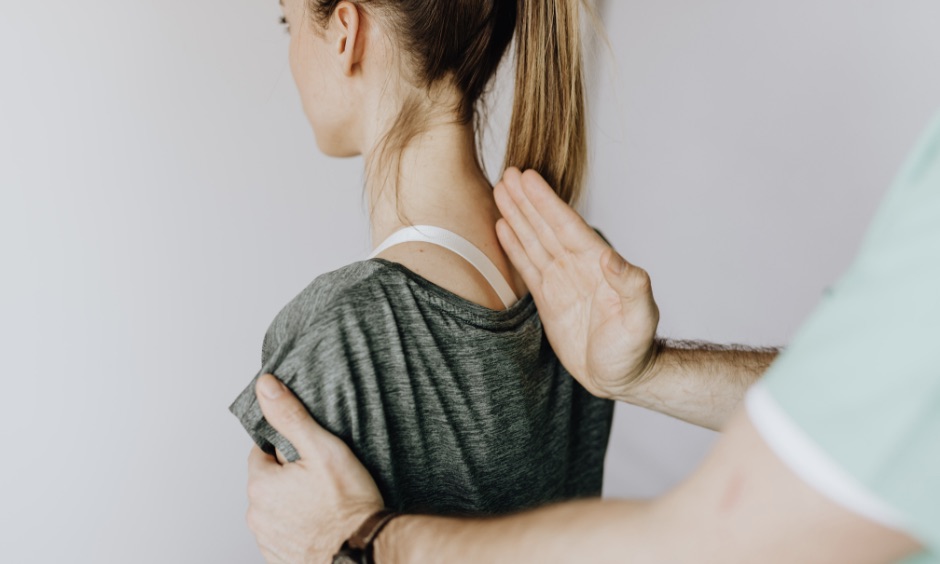Scoliosis, a condition characterized by an abnormal curvature of the spine, can have a significant impact on a teenager’s body and overall well-being. In this medical blog, we will delve into the ways scoliosis affects your teenager’s body, emphasizing the importance of early detection and appropriate management.
- Spinal Deformity:
The primary effect of scoliosis is the development of a noticeable curvature in the spine. This abnormal curvature can lead to postural changes, such as uneven shoulders, hips, and a tilted appearance of the torso. These visible deformities may affect body image and self-confidence.

- Muscle Imbalance and Weakness:
Scoliosis can cause muscle imbalances and weakness. As the spine curves, it puts strain on certain muscles while others become stretched or weakened. This imbalance can lead to postural problems, muscle fatigue, and discomfort.
- Back Pain:
Many teenagers with scoliosis experience back pain. The curvature places additional stress on the spine, muscles, and ligaments, leading to discomfort and soreness, particularly during prolonged standing or physical activities.
- Breathing Difficulties:
In severe cases of scoliosis, the abnormal curvature can affect lung function. The restricted space within the chest cavity can make it challenging for the lungs to fully expand, leading to breathing difficulties and reduced respiratory efficiency.
- Digestive Issues:
Scoliosis can also impact the digestive system. The curvature can cause compression or displacement of organs, leading to digestive problems such as acid reflux, constipation, or early satiety.
- Reduced Mobility:
In advanced stages of scoliosis, mobility and flexibility can be compromised. As the spine becomes more rigid, it limits the range of motion and can hinder the performance of daily activities or participation in sports and physical exercises.
- Psychological Effects
“Adolescents with scoliosis may exhibit a less positive outlook on life, suffer from lower self-esteem, and have more difficulty connecting with peers; however, there is conflicting evidence whether different stages of treatment prompt different psychological problems and the long-term psychological effect of scoliosis.”
https://www.sciencedirect.com/science/article/abs/pii/S2212134X18300017 ]
Scoliosis can have a significant impact on your teenager’s body, affecting spinal alignment, muscle balance, and overall functionality. It can lead to visible deformities, muscle weakness, back pain, breathing difficulties, digestive issues, and reduced mobility. Early detection, proper diagnosis, and appropriate management are crucial for addressing scoliosis effectively.
If you suspect your teenager may have scoliosis or notice any signs or symptoms, it is important to consult a healthcare professional. They can provide a comprehensive evaluation, recommend further tests if necessary, and guide you through the appropriate treatment options. With timely intervention and support, you can help your teenager navigate the challenges of scoliosis and ensure their overall well-being.
